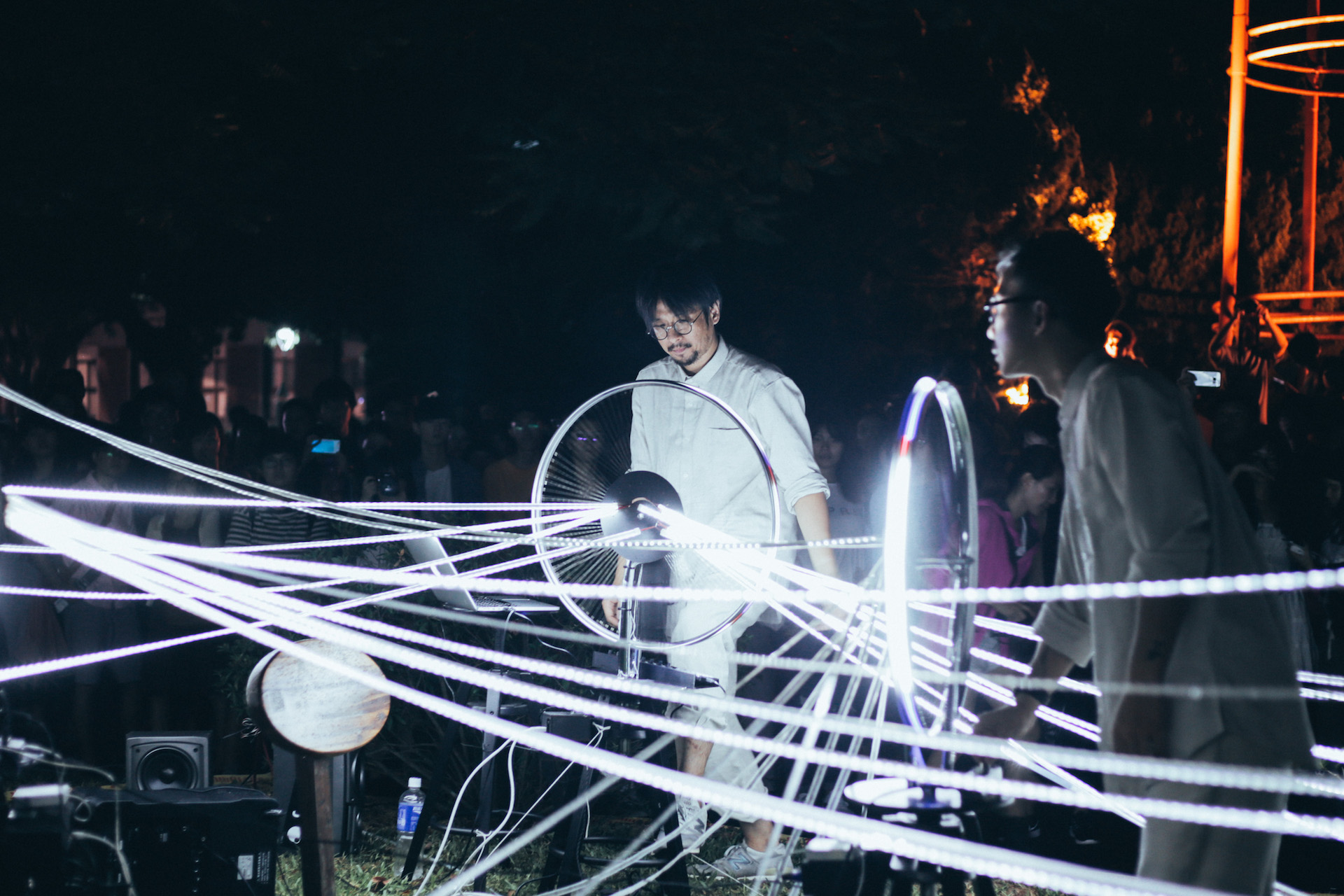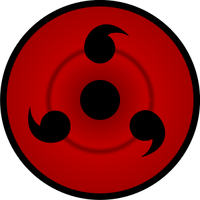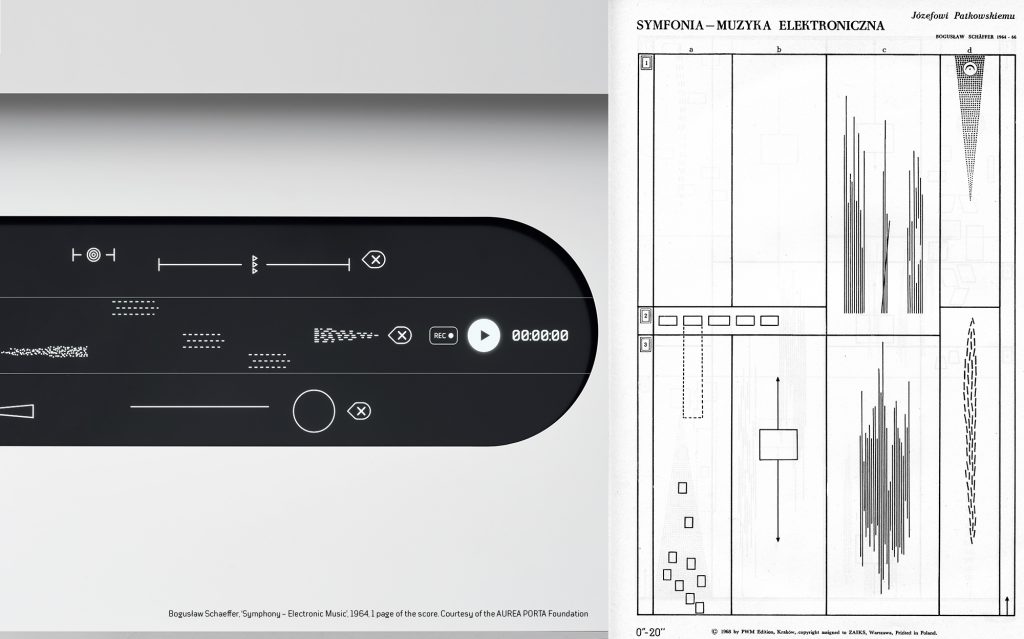sketch_lanna2
//Lanna Lang
//Section D
//lannal@andrew.cmu.edu
//Project 04 String Art
var c1, c2; //variables for the sky gradient
var inches = 2; //variables for the person
var head = 6*inches; //variables for the person
var bodyH = 4*head; //variables for the person
var bodyW = bodyH*0.4; //variables for the person
function setup() {
createCanvas(400, 300);
c1 = color('#ab0068'); //sunset purple color
c2 = color('#ff6c02'); //sunset orange color
setGradient(c1, c2);
}
function draw() {
noStroke();
//draw the sea
fill('#1b5f5e');
rect(0, 200, width, height / 3);
//draw the top left star
//top left
var x1 = 60;
var y1 = 10;
var x2 = 45;
var y2 = 50;
for (var i = 0; i < 5; i++) {
stroke('#e3c878');
line(x1, y1, x2, y2);
x2 -= 7;
y1 += 6;
}
//draw the top left star
//top right
var x1 = 60;
var y1 = 10;
var x2 = 75;
var y2 = 50;
for (var i = 0; i < 5; i++) {
stroke('#e3c878');
line(x1, y1, x2, y2);
x2 += 7;
y1 += 6
}
//draw the top left star
//bottom left
var x1 = 34;
var y1 = 39;
var x2 = 70;
var y2 = 100;
for (var i = 0; i < 5; i++) {
stroke('#e3c878');
line(x1 + 10, y1 + 10, x2, y2 - 6);
x1 -= 7;
y2 -= 6;
}
//draw the top left star
//bottom right
var x1 = 77;
var y1 = 90;
var x2 = 74;
var y2 = 50;
for (var i = 0; i < 5; i++) {
stroke('#e3c878');
line(x1 - 7, y1, x2, y2);
x2 += 7;
y1 -= 5;
}
//draw the bottom right star
//top left
var x1 = 360;
var y1 = 90;
var x2 = 345;
var y2 = 130;
for (var i = 0; i < 5; i++) {
stroke('#e3c878');
line(x1, y1, x2, y2);
x2 -= 7;
y1 += 6;
}
//draw the bottom right star
//top right
var x1 = 360;
var y1 = 90;
var x2 = 375;
var y2 = 130;
for (var i = 0; i < 5; i++) {
stroke('#e3c878');
line(x1, y1, x2, y2);
x2 += 7;
y1 += 6
}
//draw the bottom right star
//bottom left
var x1 = 334;
var y1 = 119;
var x2 = 370;
var y2 = 180;
for (var i = 0; i < 5; i++) {
stroke('#e3c878');
line(x1 + 10, y1 + 10, x2, y2 - 6);
x1 -= 7;
y2 -= 6;
}
//draw the bottom right star
//bottom left
var x1 = 377;
var y1 = 170;
var x2 = 374;
var y2 = 130;
for (var i = 0; i < 5; i++) {
stroke('#e3c878');
line(x1 - 7, y1, x2, y2);
x2 += 7;
y1 -= 5;
}
//draw the right sail
var x1 = 200;
var y1 = 50;
var x2 = 230;
var y2 = 230;
for (var i = 0; i < 7; i++) {
stroke('#ded8c0');
line(x1, y1, x2, y2);
x2 += 30;
y1 += 5;
}
//draw the left sail
var x1 = 200;
var y1 = 50;
var x2 = 220;
var y2 = 230;
for (var i = 0; i < 15; i++) {
stroke( '#ded8c0');
line(x1, y1, x2, y2);
x2 -= 10;
y1 += 10;
}
//draw the person
stroke('#9ea9f0');
fill('#ccc1ff');
circle(130, 210, head);
ellipse(130, 210 + head*0.5 + bodyH*0.5, bodyW, bodyH);
//draw the brown boat
noStroke();
fill('#a34a28');
beginShape();
vertex(80, 230);
vertex(420, 230);
vertex(370, 280);
vertex(130, 280);
endShape(CLOSE);
}
//drawing a linear gradient
//for the sunset
function setGradient(c1, c2) {
noFill();
for (var y = 0; y < height; y++) {
var inter = map(y, 0, height, 0, 1);
var c = lerpColor(c1, c2, inter);
stroke(c);
line(0, y, width, y);
}
}
I tried experimenting using string art to create an actual image as people also do when they physically do string art, and I also played around with color and creating gradients, which I never attempted before. It was really difficult for me at first to envision how to create the stars, but once I started, I slowly understood what to do for each part.


![[OLD FALL 2019] 15-104 • Introduction to Computing for Creative Practice](../../../../wp-content/uploads/2020/08/stop-banner.png)








